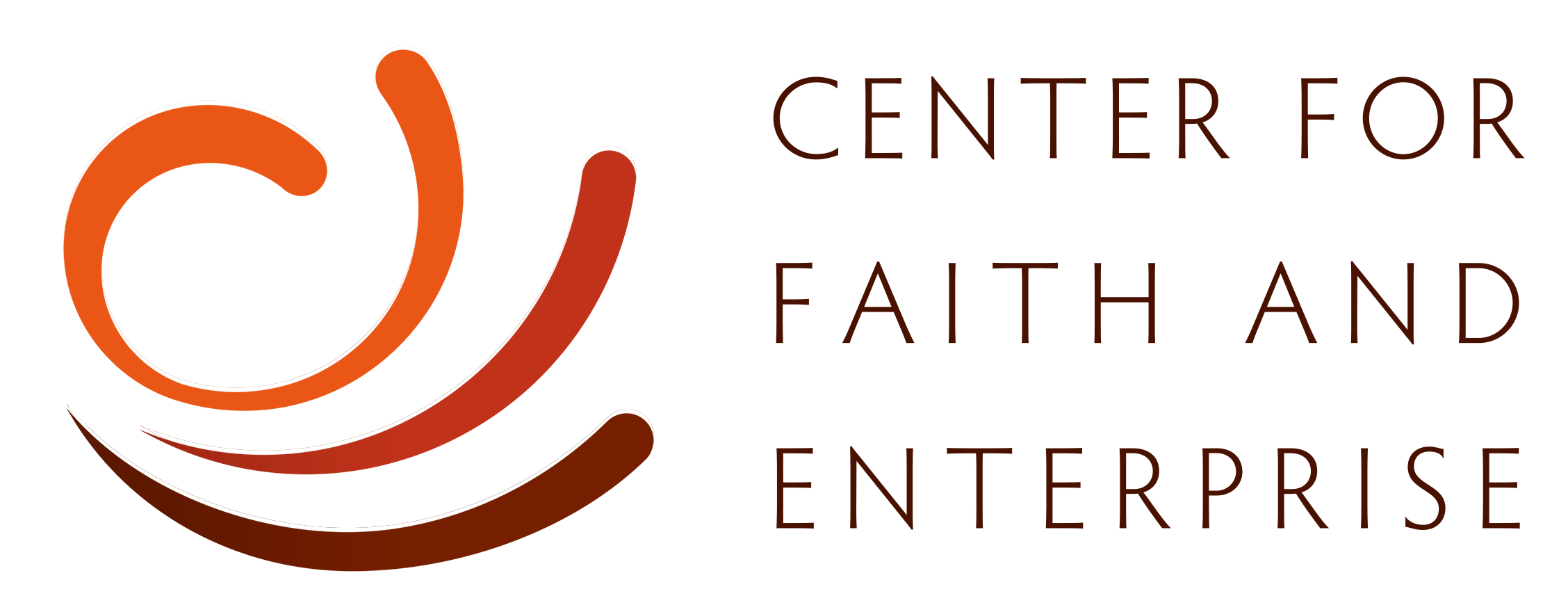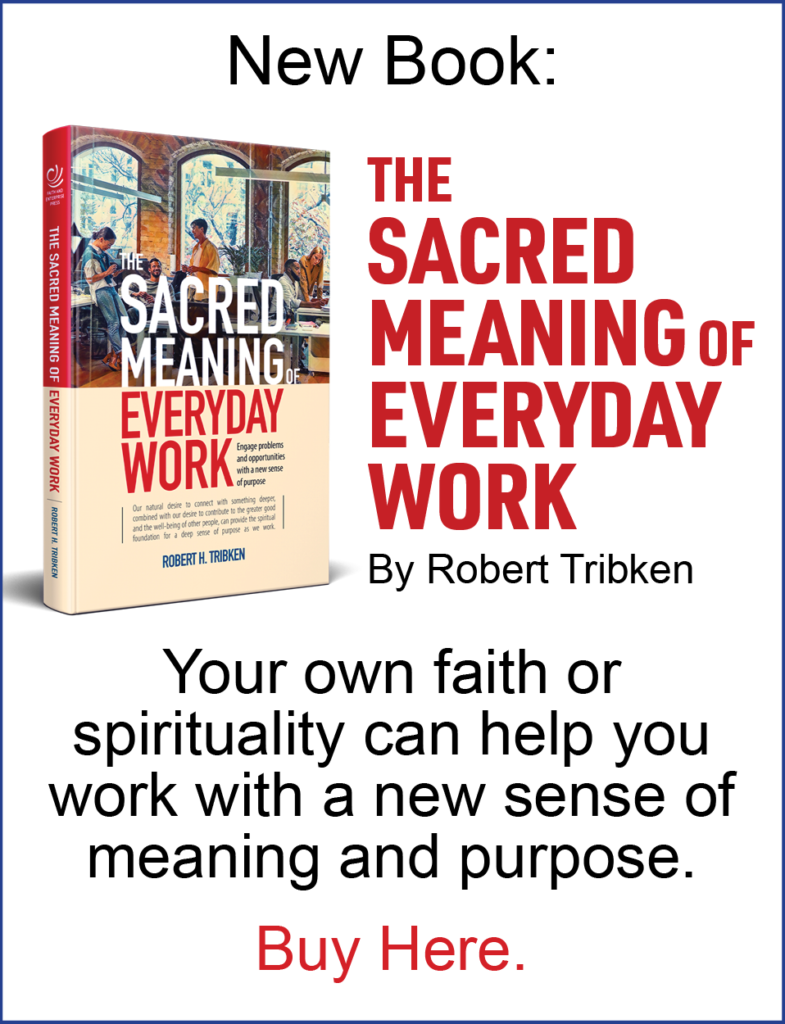 Andy Kessler of the Wall Street Journal has written an interesting article based on an interview with Reid Hoffman, the founder of LinkedIn. There are several key insights from Hoffman; one involved keeping innovative and adaptive employees in the newer heavily networked and fluid economy.
Andy Kessler of the Wall Street Journal has written an interesting article based on an interview with Reid Hoffman, the founder of LinkedIn. There are several key insights from Hoffman; one involved keeping innovative and adaptive employees in the newer heavily networked and fluid economy.
For a company in the newer environment, a key to innovation and adaptation is having employees who are themselves innovative and adaptive. But how do you keep them? As Hoffman says, “what everyone knows is that when you hire someone, there is a good chance that they will eventually be working for someone else.” And the employees know this.
The counterintuitive answer may be to keep investing in the employability of employees. The more ambitious employees will probably know that improving their employability is important for their long run growth and success. They will tend to stay if they have an opportunity to improve their skills and expand their responsibilities and challenges within the company. As Kessler puts it:
“Adaptive employees keep companies vibrant, but those same employees are much more likely to stay if they know they’ll get to keep adapting, gaining responsibility and expertise.”
I suppose in some ways this has always been the case — innovative and adaptive employees have usually been cognizant of the trade offs between staying and leaving for new opportunities. The difference now is that with LinkedIn and other forms of networking the company walls have become much more porous, at least for the more marketable employees. In some ways it has become easier for companies to build human capital quickly, but harder to keep it.

